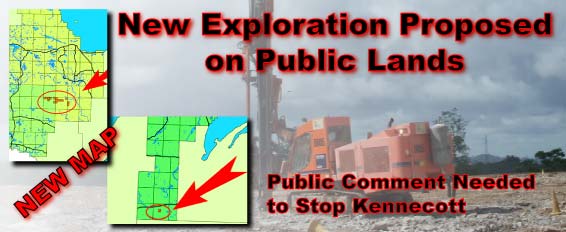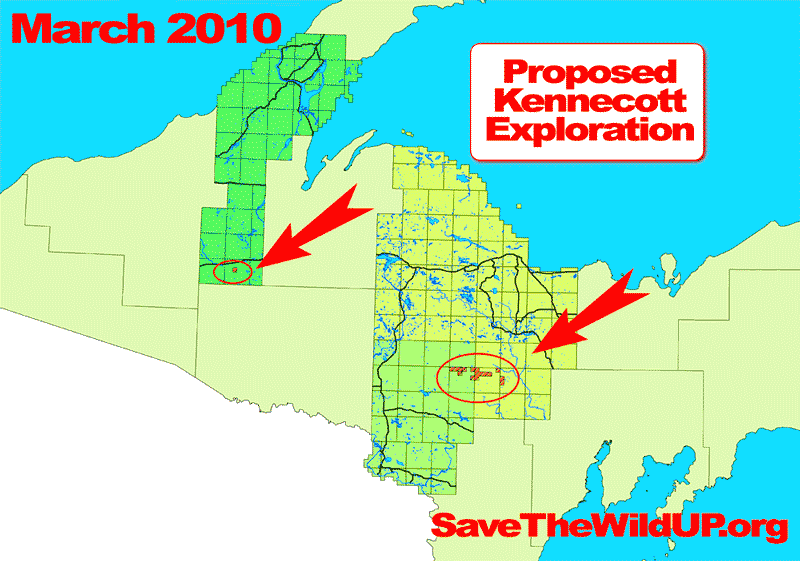2-20-2010
$2.2B earmarked to reverse century’s worth of damage
JOHN FLESHER
AP environmental writer
TRAVERSE CITY — The Obama administration has developed a five-year blueprint for rescuing the Great Lakes, a sprawling ecosystem plagued by toxic contamination, shrinking wildlife habitat and invasive species.
The plan envisions spending more than $2.2 billion for long-awaited repairs after a century of damage to the lakes, which hold 20 percent of the world’s fresh water. The Associated Press obtained a copy of the document, which Lisa Jackson, head of the Environmental Protection Agency, will release at a news conference today in Washington.
“We’re committed to creating a new standard of care that will leave the Great Lakes better for the next generation,” Jackson said in a statement.
Among the goals is a “zero tolerance policy” toward future invasions by foreign species, including the Asian carp, a huge, ravenous fish that has overrun portions of the Mississippi River system and is threatening to enter Lake Michigan.
Others include cleanup of the region’s most heavily polluted sites, restoring wetlands and other crucial habitat, and improving water quality in shallow areas, where runoff from cities and farms has led to unsightly algae blooms and beach closings.
Also promised is a strategy for monitoring the ecosystem’s health and holding federal agencies accountable for carrying out the plan.
During his 2008 campaign, Barack Obama pledged $5 billion over a decade toward fulfilling a Great Lakes cleanup wish list developed by a coalition of agencies, scientists and activists.
Congress last year approved his request for a first installment of $475 million. The newly released plan assumes yearly appropriations of the same amount through 2014, except for the $300 million President Obama requested this month in his 2011 budget.
The 41-page plan sets out ecological targets and specific actions to be taken by 16 federal agencies working with state, local and tribal governments and private groups.
Among the goals it seeks by 2014: finishing work at five toxic hot spots that have languished on cleanup lists for two decades; a 40 percent reduction in the rate at which invasive species are discovered in the lakes; measurable decreases in phosphorus runoff; and protection of nearly 100,000 wetland acres.
It also will help save species such as the lake sturgeon, a prehistoric fish that can reach 8 feet long and 200 pounds but is endangered because of overharvesting and habitat degradation. The plan promises to provide 25,000 young sturgeon for stocking programs.
Combined with enforcement of environmental rules and new ones where needed, officials said the plan would help make Great Lakes fish safe to eat, and ensure their waters are suitable for drinking and swimming, and their native plants and animals are thriving.
The lakes provide drinking water to more than 30 million people and are the backbone of a regional economy dependent on tourism, outdoor recreation, shipping and manufacturing.
“We now have a golden opportunity, even a once-in-a-lifetime opportunity, to make huge progress,” Wisconsin Gov. Jim Doyle, co-chairman of the Council of Great Lakes Governors, said in a telephone interview Saturday. “We’ve been talking about this for a long time. Now the federal government is putting some real resources behind it.”
Jeff Skelding, director of the Healing Our Waters-Great Lakes Coalition, which represents environmental groups across the region, praised the plan’s commitment to long-range funding for the restoration but said Congress should boost Obama’s 2011 spending request to $475 million.
The coalition also says too much restoration money is being diverted to fighting Asian carp, which could endanger the region’s $7 billion sport fishing industry by gobbling plankton and unraveling the food chain.
An “all-out effort” is needed to keep the carp out of the lakes, but funding should come from elsewhere in the federal budget, the coalition said.
Cameron Davis, EPA’s senior adviser on the Great Lakes, said about $58 million in restoration funds would go to the carp battle this year. But invasive species programs are getting less restoration money than other needs, such as toxic cleanups and habitat improvements.
Readmore : Great Lakes Restoration Initiative Action Plan
 Recently the DNRE announced a public comment period for leasing over 4000 acres of mineral rights to Kennecott for further exploration. The exploration would take place in Southern Marquette County, Northern Dickinson County, and Southern Houghton County.
Recently the DNRE announced a public comment period for leasing over 4000 acres of mineral rights to Kennecott for further exploration. The exploration would take place in Southern Marquette County, Northern Dickinson County, and Southern Houghton County.

 Please come join us for an evening of song and storytelling and a celebration of our place and land.
Please come join us for an evening of song and storytelling and a celebration of our place and land.